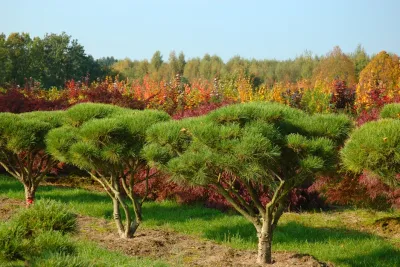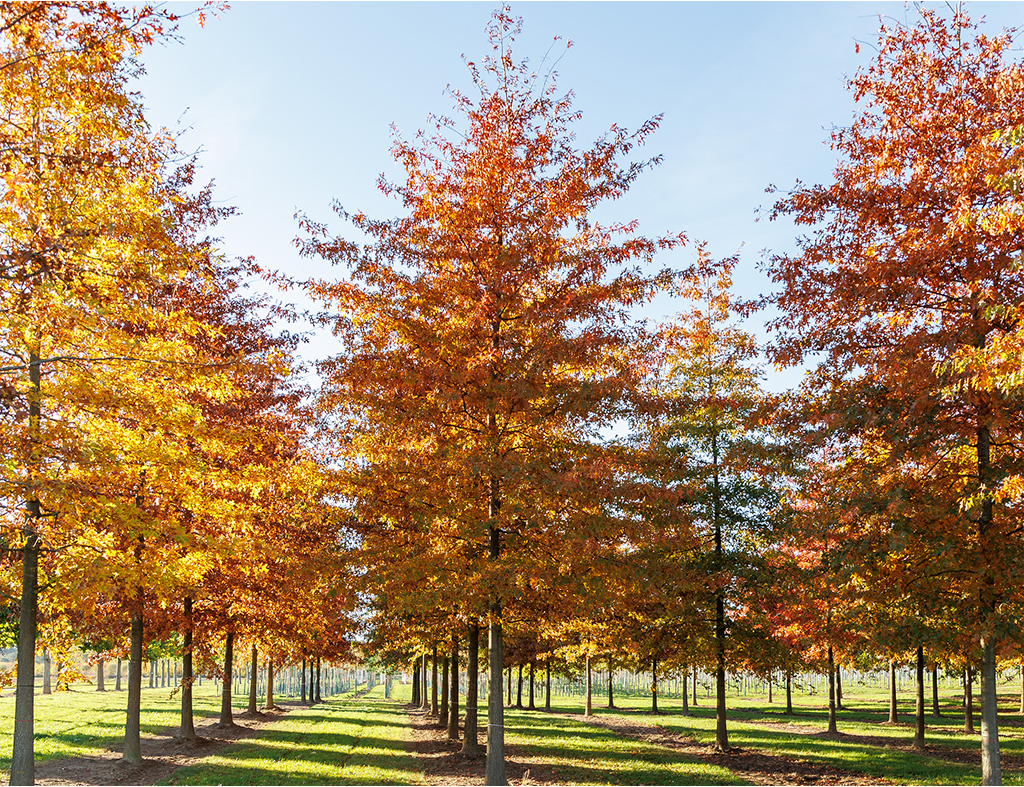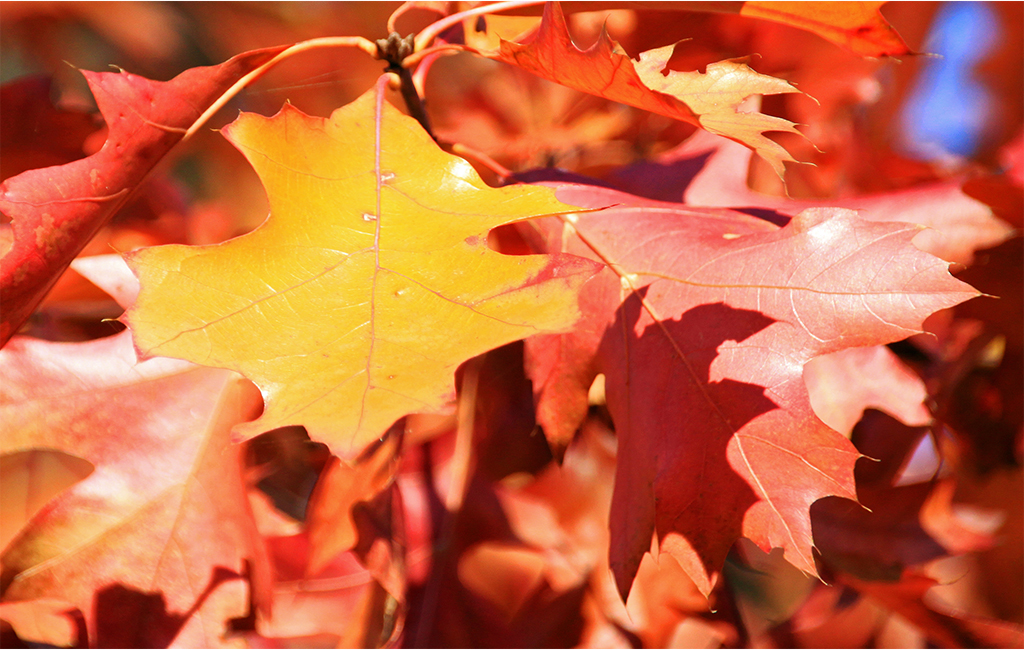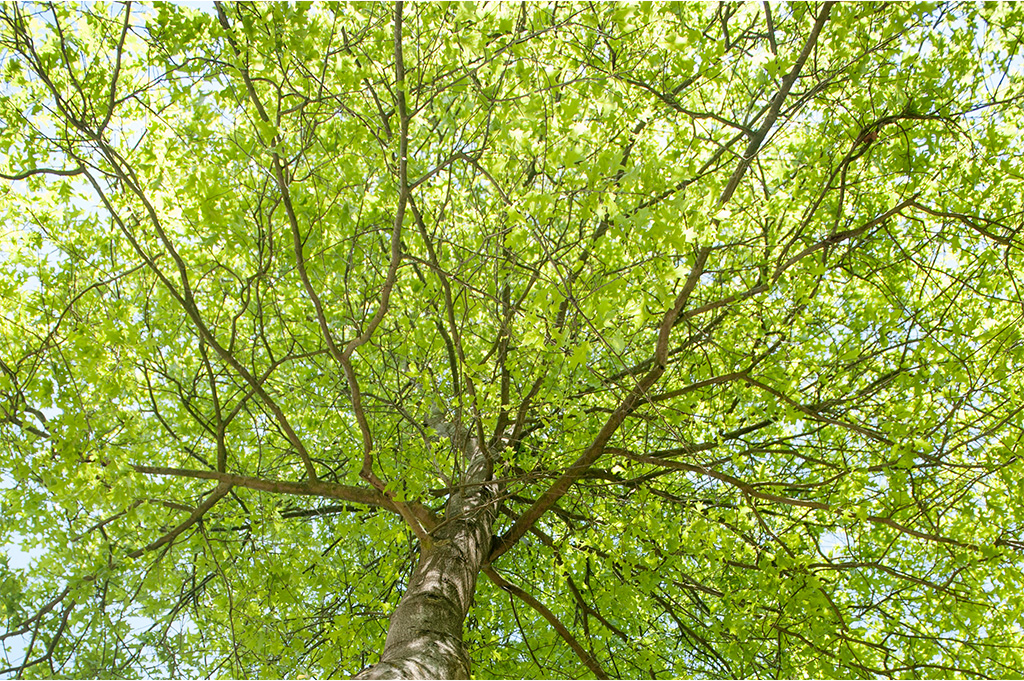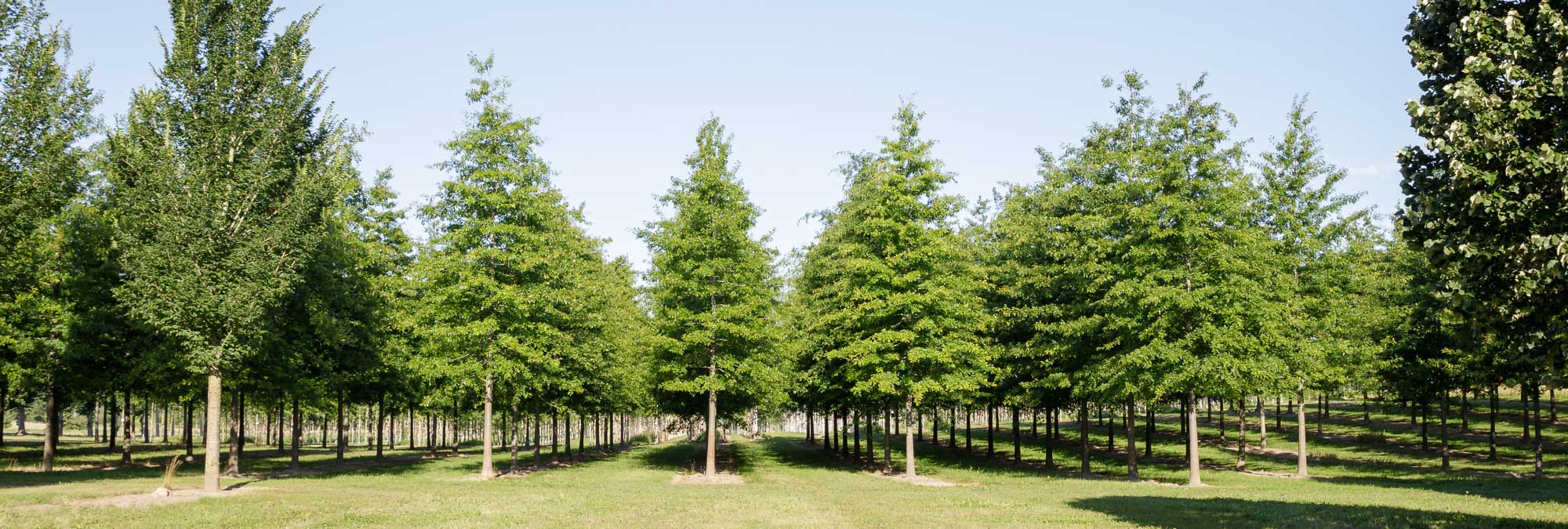
Quercus palustris - great urban tree of the future!
Confusing name
Quercus palustris grows in all moist to normal locations and can also cope with dry soils. In addition, Quercus palustris prefers sunny spots but also accepts light shade.
The swamp oak surprises the observer from September onwards with its incredible autumn colouring in shades of orange to bronze-red.
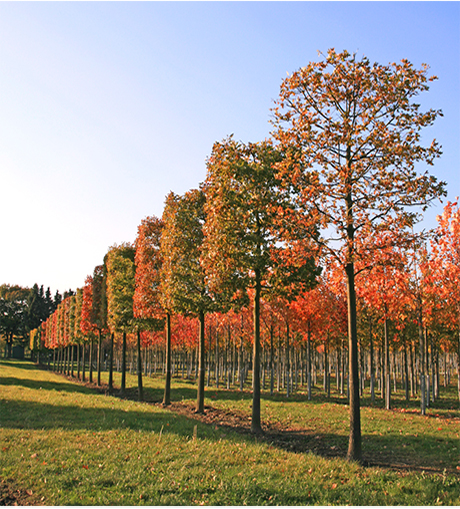
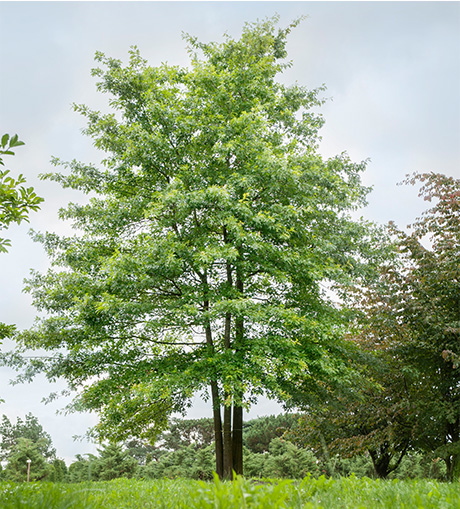
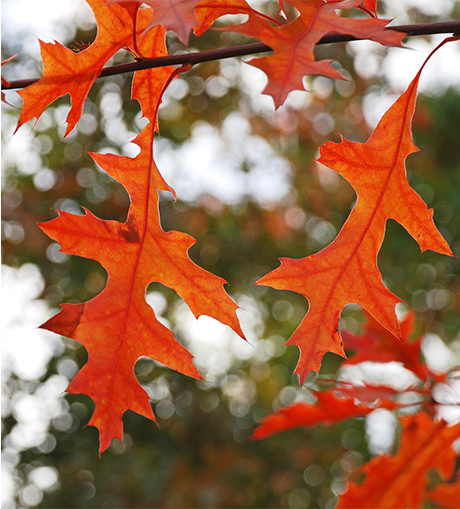

“Optimally, the swamp oak develops into a large, impressive tree with a long life expectancy. Therefore, it must be given a large root space, especially in urban locations.”
Kirsten Cordes, Master Nurseryman, Lorenz von Ehren Nursery
Our unique specimens
All our unique specimens of Quercus palustris have been very popular. Therefore, we would like to draw your attention to other unique specimens of the oak family - until we have grown another swamp oak which, according to our claim, has earned the attribute: Lorenz von Ehren-Unique.
Please also have a look at our unique specimens:
Did you know?
Swamp oak (Quercus palustris), also spree oak, boulevard oak or nail oak impresses with its spectacular autumn colouring. During this period, the tree unfolds a veritable colour spectacle: from bright orange to dark red, the tree shines visibly from afar. In the case of Quercus palustris, the foliage stays on for a long time and forms an eye-catcher well into the winter months, drawing attention to the conical crown. The swamp oak reaches a growth height of 15 to 25 metres.
Feel free to take a look at our assortment of Quercus palustris.
FAQ - Frequently asked questions
How old does a Quercus palustris become?
A swamp oak can live up to 150 years.
How tall does a swamp oak grow?
Quercus palustris grows quickly and can be about 15 metres high at the age of 30 years.
Are Quercus palustris suitable as urban trees?
Yes, we also recommend them as city trees, avenue and street trees.
Can Quercus palustris be pruned?
The swamp oak is very suitable as a topiary, especially for geometric shapes, e.g. spheres on trunks or roofs.

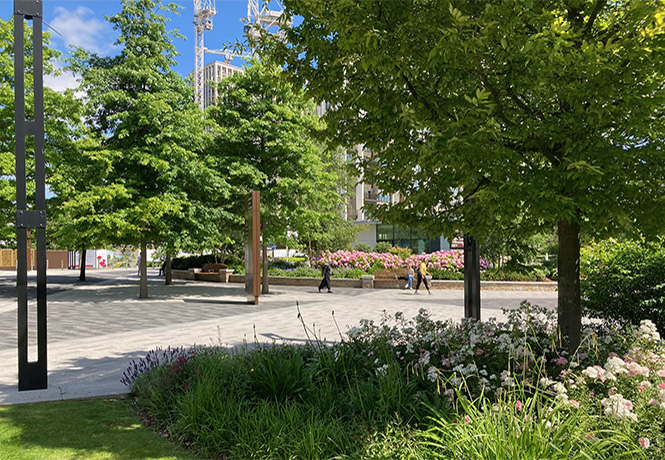
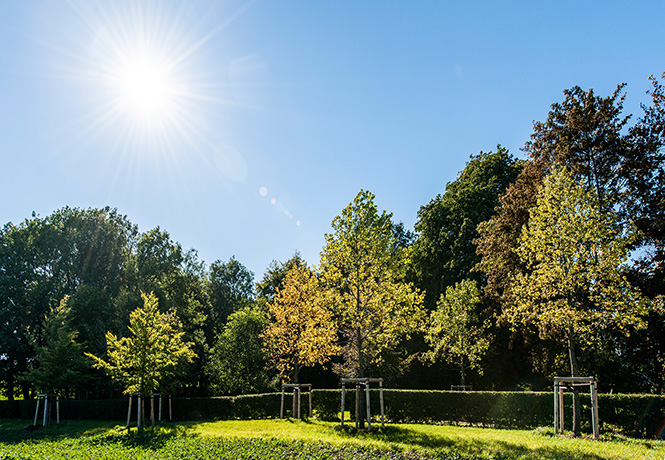
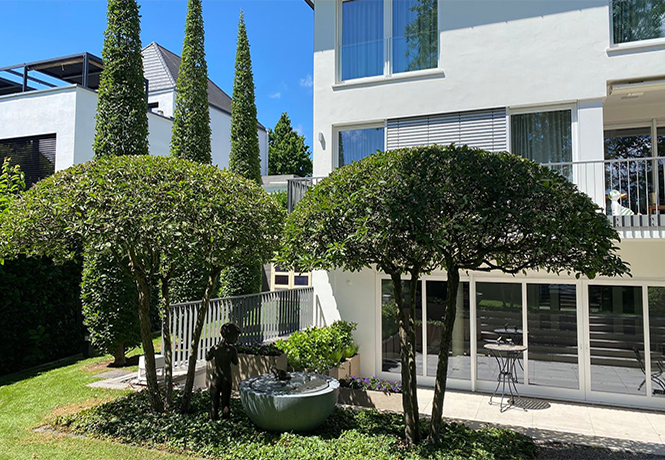
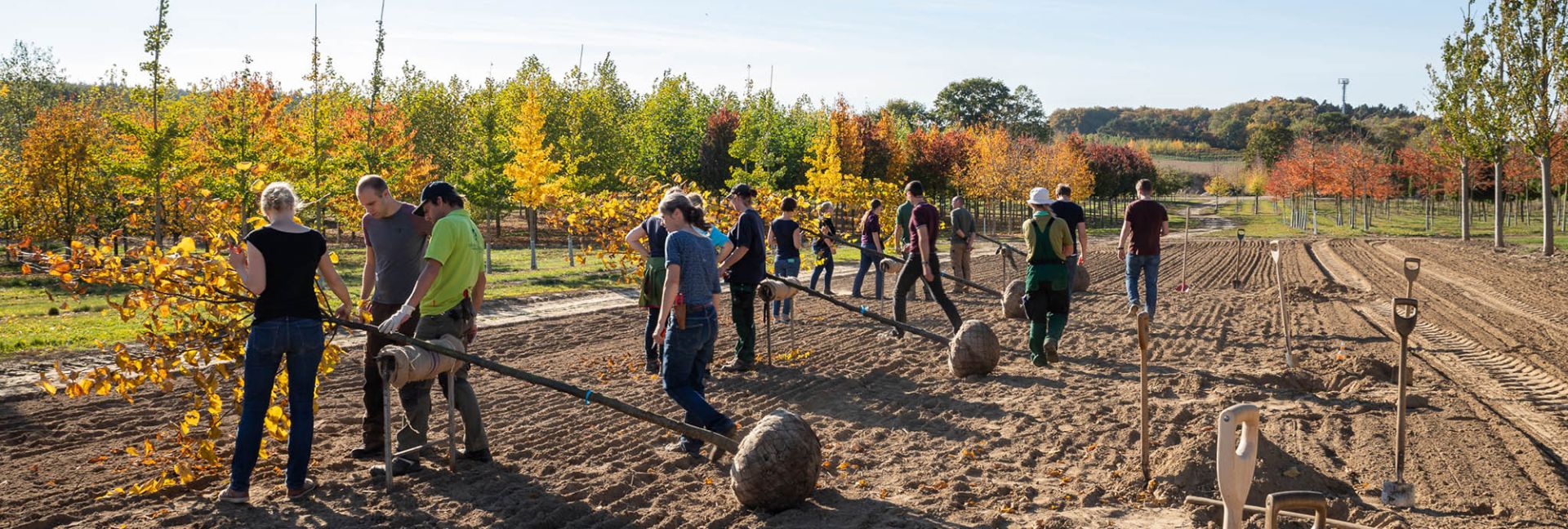

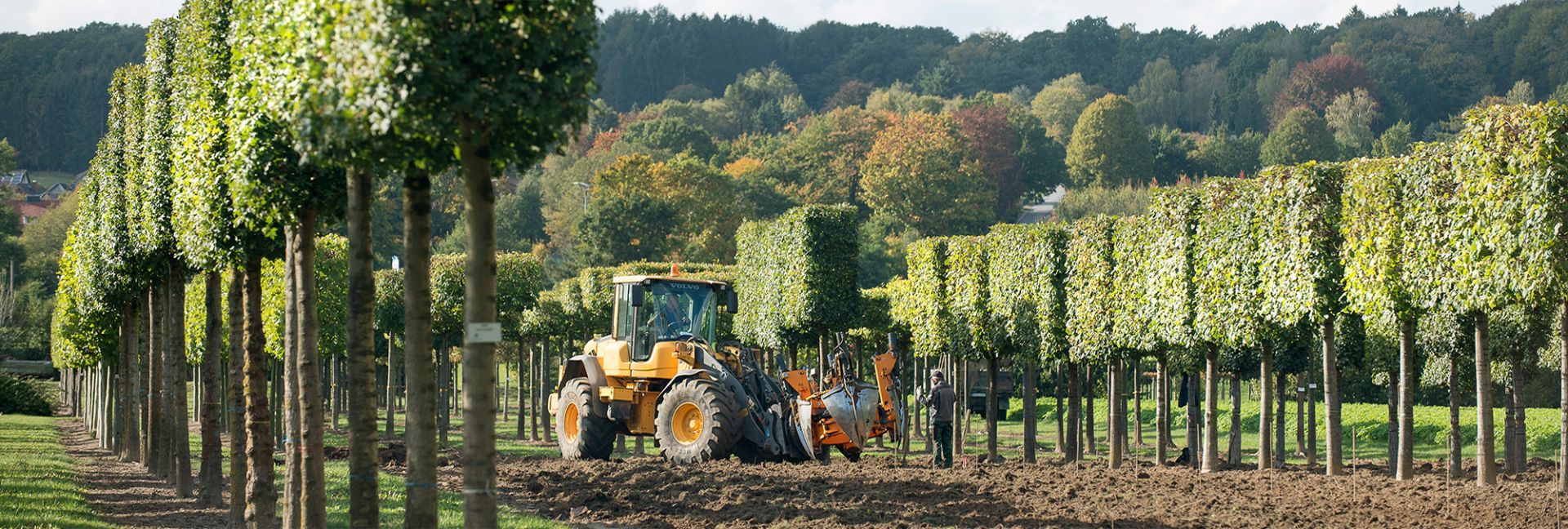

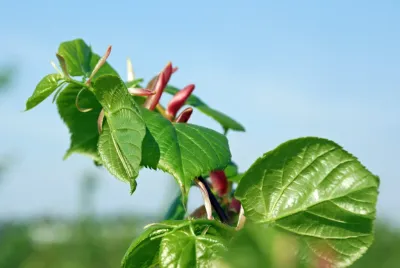
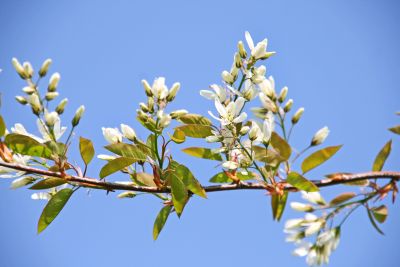


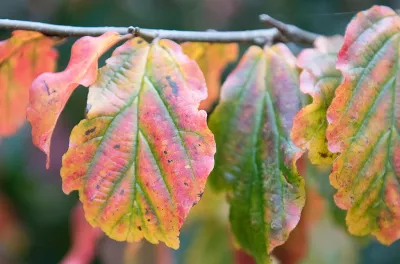



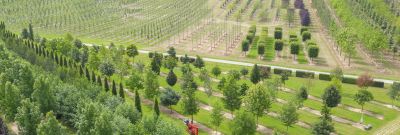
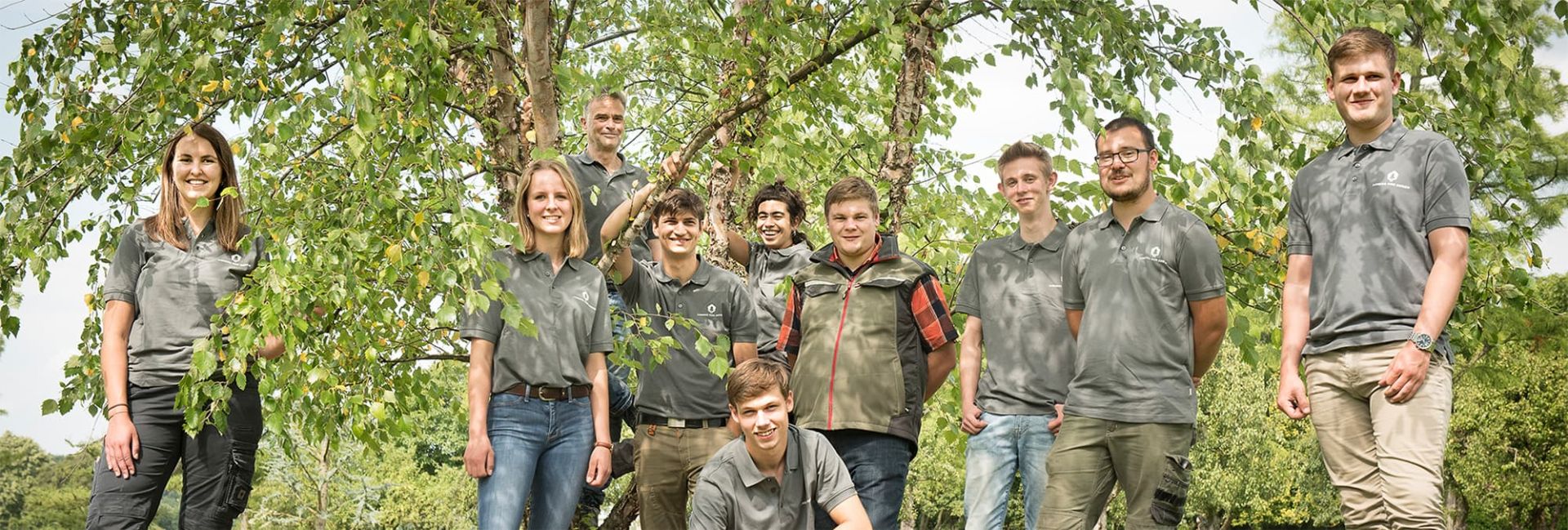

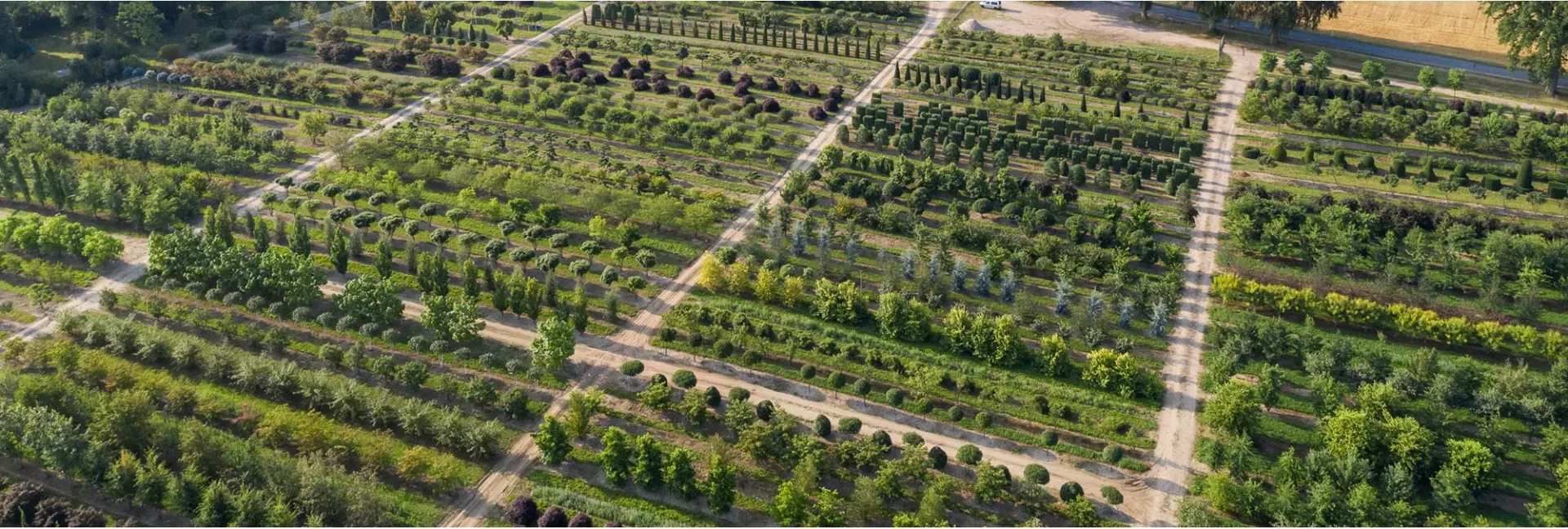
_400x400.webp)
